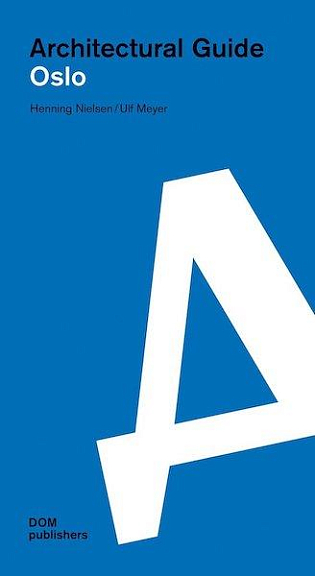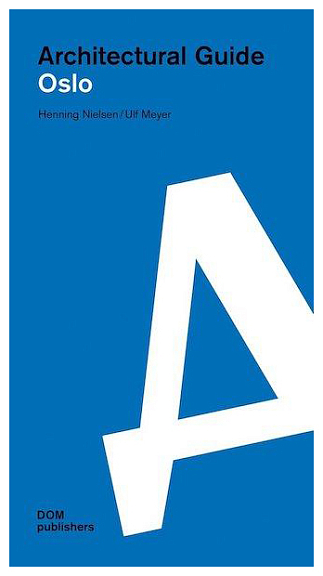-
Книги
- Нонфикшн
- Гуманитарные науки
- Деловая литература
- Естественные / Точные науки
- Книгоиздание
- Лайфстайл
- Словари / Энциклопедии
- Художественная литература
- Детектив
- Драматургия
- Классическая проза
- Мифология. Эпос
- Поэзия
- Собрания сочинений
- Современная художественная проза
- Фантастика. Фэнтези
- Биографии / Мемуары
- Графические романы / Комиксы
- Детские книги
- Воспитание. Педагогика
- Детский досуг
- О детских книгах
- Познавательная литература
- Художественная литература для детей
- Журналы / Зины
- Архитектурные
- Гуманитарные
- Журналы о моде
- Зарубежная периодика
- Искусство / Фотография
- Кино / Театр
- Лайфстайл
- Книги «Подписных изданий»
- Книги на иностранных языках
- Английский язык
- Испанский язык
- Итальянский язык
- Книги на иностранных языках для детей
- Немецкий язык
- Финский язык
- Французский язык
- Шведский язык
- Книги о кино
- Книги о музыке
- Книги о средневековье
- Книги о театре
- Книги о фотографии
- Книги об искусстве / Книги об архитектуре
- Альбомы по искусству
- Архитектура
- Декоративно-прикладное искусство
- Живопись
- Искусствоведение
- Орнаменты
- Прочее
- Танец
- Татуировка
- Творческое развитие
- Книги по философии
- Кулинарные книги
- Николай Солодников рекомендует
- Предзаказ
- Про дизайн / Про моду
- Путеводители / Книги о путешествиях
- Канцелярские товары
-
Подарки
- Брошки и значки
- Гирлянды
- Закладки
- Игры
- Календари
- Наклейки
- Наши сувениры
- Открытки
- Всякие-разные
- Наборы открыток
- Поздравления
- Про любовь и другие хорошие чувства
- С писателями и поэтами
- С цветами, овощами и фруктами
- С цитатами и другими фразами
- Подарочные сертификаты
- Постеры
- Прочее
- Сумки и шоперы
- Упаковка
- Подарочные сертификаты
Адрес магазина: Санкт-Петербург, Литейный пр., 57
Oslo
| Автор | |
|---|---|
| Издательство | DOM Publishers |
| Год издания | 2018 |
| Переплет | Мягкий |
| Страниц | 216 |
| Формат | 135x245 мм |
| Язык | Английский |
| ISBN | 978-3-86922-460-2 |
| Артикул | 1116369 |
‘The alternating cultural centres, bustling commercial quarters, and tranquil residential complexes all make cycling along Oslo’s new harbour promenade the ultimate urban experience.’
Falk Jaeger
Falk Jaeger
Once known only for its natural surroundings, Oslo is now firmly on the map for its architecture. Contemporary showpieces such as Renzo Piano’s Astrup Fearnley Museum, Snшhetta’s iconic opera house, and the Barcode project line its new waterfront. This geographically organised guide leads the reader on a tour of these masterworks as well as out to the regions around Scandinavia’s smallest capital. It takes in everywhere from a brutalist church with an inverted dome and a ski jump with a 69 metre cantilever, to modernist restaurants and recently transformed areas such as Fornebu, the former site of the city’s airport. In two introductory essays and more than 150 projects, the book outlines not only how Oslo has turned to the water, but also what gives it such a special place in the hearts of architects, designers, and its citizens.
Подписка на рассылку
Мы будем присылать вам обзоры книг, промокоды и всякие-разные новости




